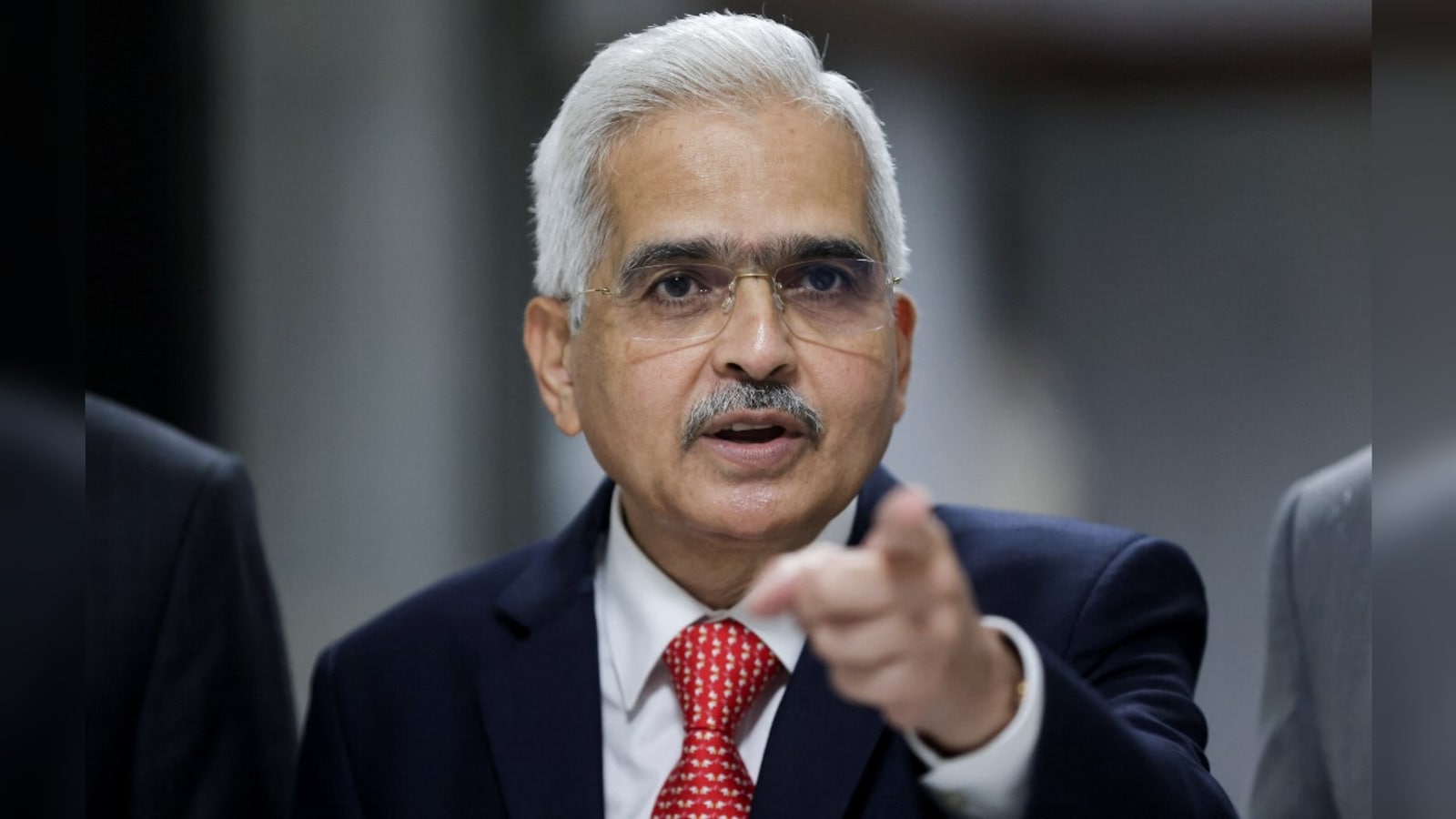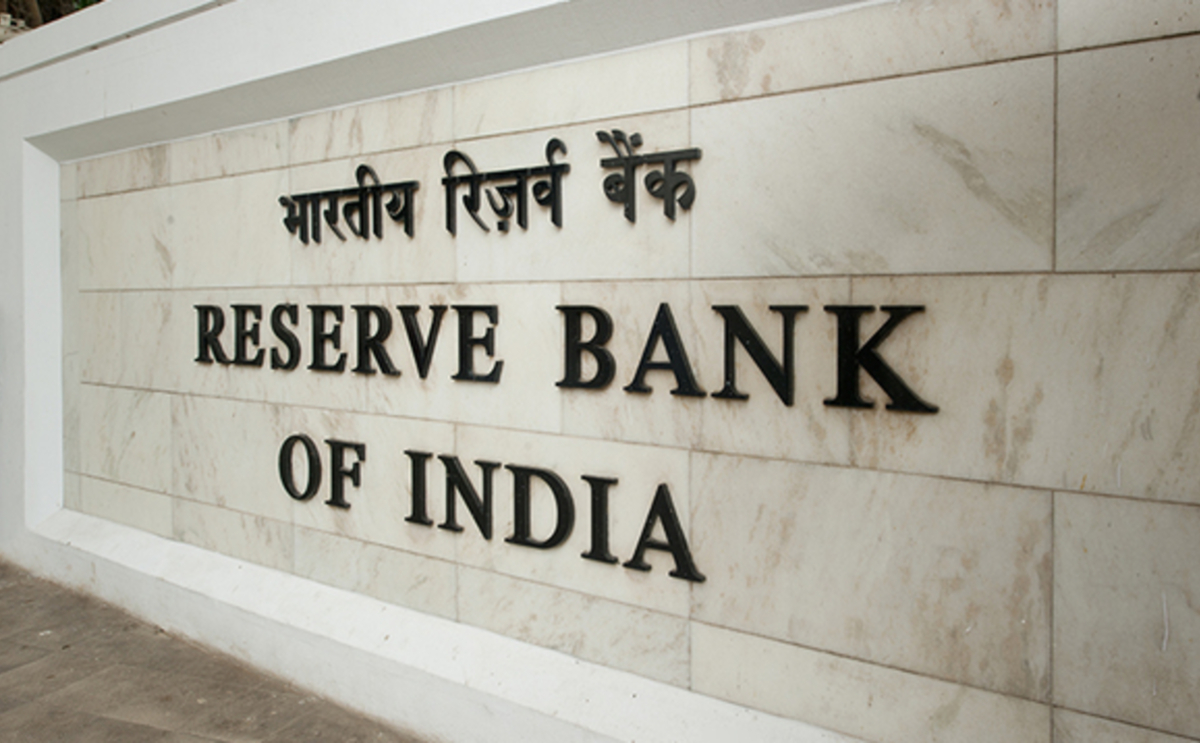Possible Extension of Incremental Cash Reserve Ratio by RBI with Modifications 2023

Possible Extension of Incremental Cash Reserve Ratio by RBI with Modifications 2023
The Reserve Bank of India (RBI) plays a pivotal role in shaping the Indian economy by regulating monetary policy and ensuring financial stability. One of the tools in its arsenal is the Cash Reserve Ratio (CRR), which mandates that banks maintain a certain percentage of their deposits as reserves with the RBI.
In recent times, the RBI has been contemplating the extension of the Incremental Cash Reserve Ratio (ICRR) as a measure to manage liquidity and stabilize the financial system. This article delves into the concept of ICRR and explores how it may be extended with tweaks to address current economic challenges.

The CRR is a tool employed by central banks worldwide to control the money supply and manage liquidity in the banking system. By increasing the CRR, a central bank can effectively reduce the liquidity available to commercial banks, curbing inflationary pressures and encouraging banks to lend less. Conversely, a decrease in the CRR infuses more liquidity into the banking system, stimulating lending and economic growth.
The ICRR is a variation of the standard CRR that was introduced by the RBI in 2020 as a temporary measure in response to the economic disruptions caused by the COVID-19 pandemic. Unlike the regular CRR, which is a fixed percentage of banks’ net demand and time liabilities (NDTL), the ICRR applies only to the incremental NDTL, which is the increase in deposits compared to a reference period. This means that banks are required to maintain a higher CRR on the additional deposits they accumulate over a predefined reference period.

Reasons for Considering an Extension of ICRR
The COVID-19 pandemic brought about a host of economic challenges, including a sudden influx of liquidity into the banking system due to stimulus measures and changes in consumer behavior. The RBI introduced the ICRR as a temporary measure to absorb some of this excess liquidity and prevent it from fueling inflation or asset bubbles. However, given the evolving economic landscape, the RBI may consider extending the ICRR with certain tweaks for the following reasons:
- Inflation Management: Inflationary pressures have been on the rise due to increased demand and supply disruptions caused by the pandemic. By extending the ICRR, the RBI can continue to absorb excess liquidity, thereby contributing to price stability.
- Liquidity Control: Maintaining liquidity at an optimal level is crucial for financial stability. The ICRR can act as a tool to modulate liquidity conditions in the banking system, preventing excessive credit expansion and promoting responsible lending practices.
- Supporting Economic Growth: The extension of ICRR can be designed in a way that incentivizes banks to direct credit towards productive sectors of the economy. By ensuring that banks do not deploy all their deposits in riskier assets, the RBI can contribute to balanced economic growth.
To extend the ICRR effectively, the RBI could consider several tweaks to the existing framework:
- Gradual Increase: The RBI may opt for a gradual increase in the ICRR over time to avoid sudden shocks to the banking system. This approach would provide banks with time to adjust their operations and lending strategies accordingly.
- Differential Rates: The RBI could introduce differential ICRR rates based on the maturity profile of deposits. For example, short-term deposits could be subject to a higher ICRR, incentivizing banks to attract longer-term deposits, which can be more stable for funding purposes.
- Sector-Specific ICRR: To direct credit towards specific sectors of the economy, the RBI could implement sector-specific ICRR requirements. Banks could be required to maintain a higher ICRR on deposits that are not channeled towards priority sectors like agriculture, small and medium-sized enterprises (SMEs), or infrastructure.
- Periodic Reviews: The RBI should regularly review and assess the impact of the extended ICRR on the banking system and the broader economy. Adjustments should be made as necessary to ensure that the policy remains effective and aligned with the country’s economic goals.
The RBI’s potential extension of the Incremental Cash Reserve Ratio (ICRR) with tweaks reflects its commitment to maintaining financial stability, managing inflation, and supporting sustainable economic growth.
As India’s economic landscape continues to evolve, it is essential for the central bank to employ dynamic tools and policies to address emerging challenges effectively.

Extending the ICRR, with careful consideration of its implementation, can be a valuable addition to the RBI’s toolkit for achieving these objectives, thereby ensuring the resilience and stability of the Indian financial system.




